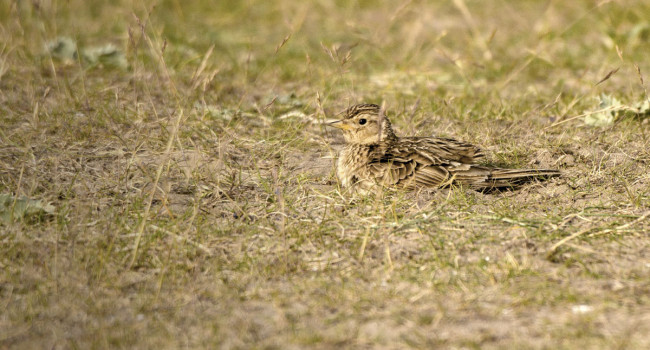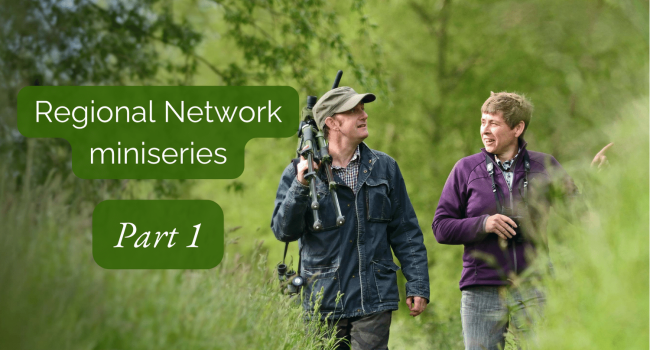Do surveys of adult dragonflies and damselflies yield repeatable data? Variation in monthly counts of abundance and species richness
Author(s): Pearce-Higgins, J.W. & Chandler, D.
Published: August 2020
Journal: Journal of Insect Conservation
Digital Identifier No. (DOI): 10.1007/s10841-020-00260-0
Abstract
There is considerable debate over the most appropriate method for surveying dragonflies and damselflies (odonates). Using data from 62 survey locations nested within 26 waterbodies at 15 sites (discrete parcels of common ownership) in West Suffolk, UK, we show that short (20 m line transects or 3 min duration point counts), monthly counts of adults are repeatable. Correlations between predictions from models accounting for variation in ambient conditions and time of day and 52 separate counts used for validation equalled r = 0.87 for total abundance and r = 0.75 for species richness. Correlation coefficients between observed and modelled abundance exceeded 0.5 for eight of fourteen species modelled individually. Ambient temperature was the most important weather variable that influenced survey results, affecting the abundance of nine species, total abundance and species’ richness. Most of the spatial variation in survey results was between waterbodies, rather than between sites or at individual survey locations, suggesting that adult counts may indicate aspects of waterbody quality, although differences in these patterns were observed between dragonflies (Anisoptera) and damselflies (Zygoptera). Encouraging relatively infrequent and rapid counts of flying adults may therefore be used to increase volunteer participation in citizen (community) science odonate monitoring schemes whilst also providing repeatable abundance and species richness data that can contribute to research and monitoring programmes.
Staff Author(s)







Share this page